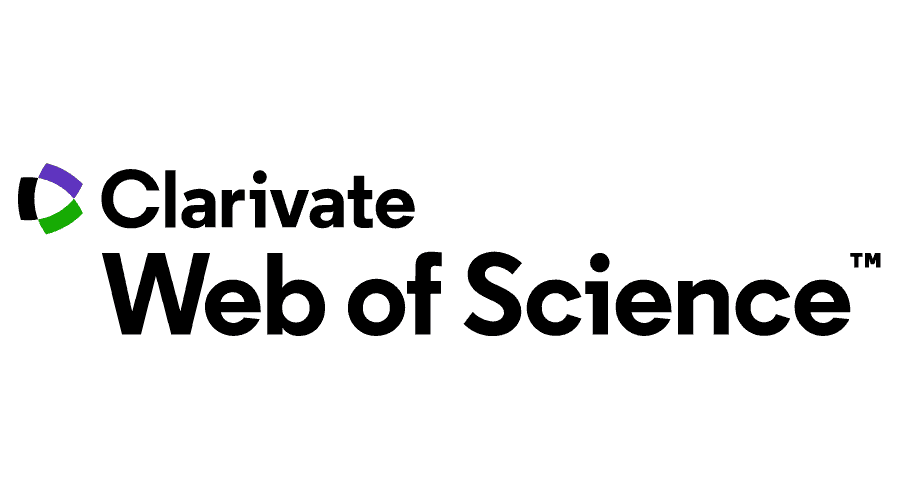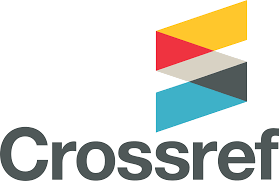Abstract
Research Aims: This research aimed to analyse the efficiency measurement on the effectiveness of train and wagon maintenance in three Decision Making Units (DMU) of Balai Yasa of Indonesian Railways Company (KAI). It focused on both output and input orientations and the effectiveness of production. Design: The research methodology was descriptive and quantitative, employing data envelopment analysis (DEA) and overall equipment effectiveness (OEE). The input variables were maintenance costs, spare parts inventory and people operating hours, while the output variable was OEE. A stepwise approach with backward method steps was used to examine the relationship between effectiveness and efficiency. Findings: The results showed that DMU 2 was efficient, while DMUs 1 and 3 were not yet efficient. This indicated that the more effective an organisation is, the more efficient it is. DMU 2 has the highest effectiveness value at 86.19%, while DMUs 1 and 3 had values of less than 85%, indicating the need for improvement in their production departments. Theoretical Contribution: A stepwise approach uses a forward method, adding revenue variables that have not been implemented in previous studies. Managerial Implications in the Southeast Asian Context: Efficacy and revenue have a significant impact on organisational efficiency, which means that if the revenue is high and the organisation is effective, organisational efficiency will be high. Research Limitation and Implications: This research is limited to DMUs, and its focus is on improving the effectiveness and efficiency of the train and wagon maintenance program in Java. The scope can be expanded to Sumatra and/or a comparison with other Southeast Asian countries by considering the characteristic differences of their operations and economies.
Recommended Citation
Mustakim, Ramdan and Hendarsjah, Hidajat
(2021)
"Efficiency Measurement on the Effectiveness of Train and Wagon Maintenance: A Data Envelopment Analysis Perspective,"
The South East Asian Journal of Management: Vol. 15:
No.
1, Article 1.
DOI: 10.21002/seam.v15i1.12946
Available at:
https://scholarhub.ui.ac.id/seam/vol15/iss1/1
Included in
Management Information Systems Commons, Management Sciences and Quantitative Methods Commons













